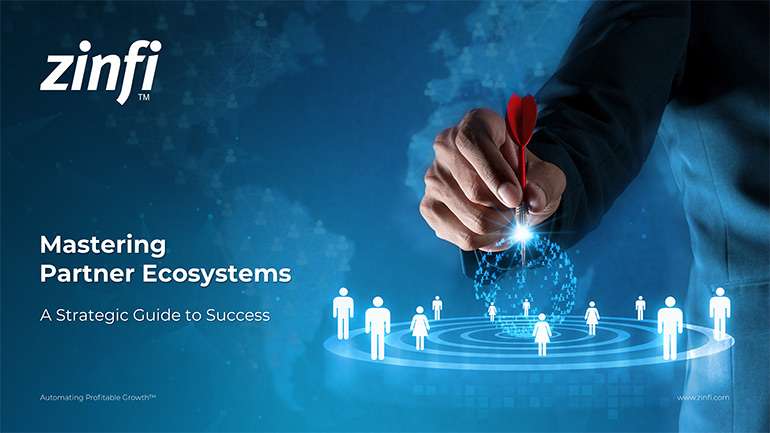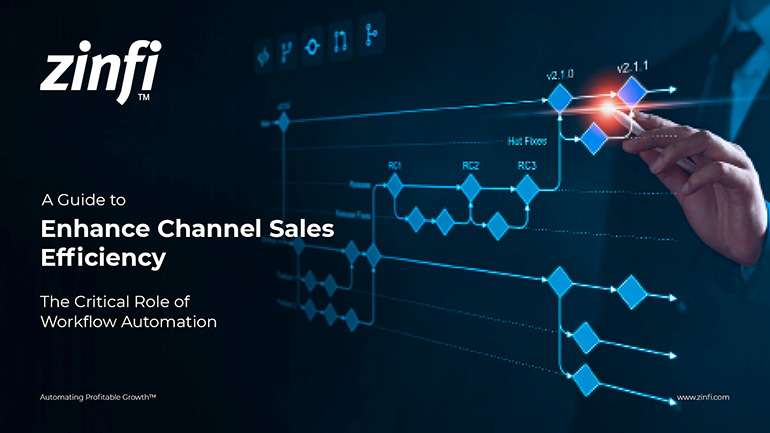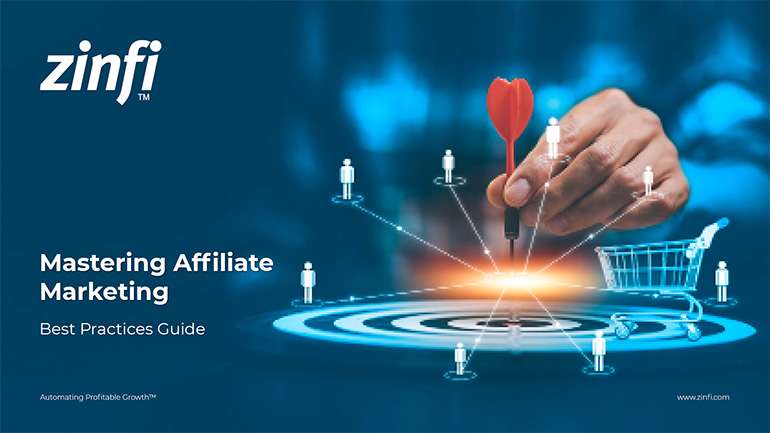Best Practices Articles

Why Partner Relationship Management (PRM) Fails Most of the Time
Over the past few years there has been a lot of excitement about partner relationship management (PRM) process development and automation. However, this segment hasn’t really grown as fast as the marketing automation platform (MAP) or customer relationship management (CRM) segments. What is holding back the growth in deployment of partner relationship management (PRM) automation? Here are some key factors that present barriers to deployment and are frequent causes of failure:
- Short-term focus. Most channel organizations are busy managing activities by the quarter, and typically very few dollars are invested in mapping channel processes that require redesign and redevelopment to build out a state-of-the-art partner relationship management (PRM) infrastructure. The channel is a great way to go to market, but when the market changes (as it inevitably does) and organizations fail to remap their channel infrastructure accordingly, they struggle to stay relevant. We have seen this repeatedly over the years across multiple Fortune 1000 customers. Those who are adaptive and constantly redesigning their channel—not just quarterly, but whenever necessary and in anticipation of opportunities—tend to outperform those who are chasing market evolution.
- Inadequate resources. It is one thing to remap a go-to-market model—e.g., by adding an OEM channel to sell via OEMs or adding franchises to increase reach—but without significant investment and patience these activities really doesn’t produce results. As a result, most deployments of partner relationship management (PRM) automation tend to be underfunded and underdeveloped. This leads to frustration within the channel sales and support organization and, of course, a poor partner experience.
- Lack of a unified approach. The channel is a complex way to go to market. While it’s true that having a robust channel can not only increase reach but also provide a huge competitive edge, it takes time to develop relationships and competencies to truly be a channel leader. This is where a unified approach to partner relationship management (PRM) comes in. Organizations need to think carefully about how to set up partner onboarding, training, enablement and management by deploying end-to-end process steps, most of which should be fully automated to reduce variability and cost of operations. Having a unified approach also increases the self-service nature of the engagement, which not only reduces operating costs but also significantly increases partner satisfaction.
- Homegrown automation. Most organizations today have some way to automate their partner relationship management (PRM) activities. Too often, however, automation is achieved by using SharePoint or some other portal as a primary interface with a document library, deal registration and other homegrown applications tied to partner training, incentives management and so on. The total cost of ownership (TCO) for patchwork arrangements like these tends to be significantly higher than for the purpose-built partner relationship management (PRM) automation platforms like ZINFI and others provide today.
- Lack of simplification. We have talked about the importance of simplicity and ease of use in many previous articles. Too often a channel program gets bloated with archaic partner recruitment policies, training, incentives and demand generation programs. Premier channel organizations systematically revamp their partner relationship management (PRM) initiatives to eliminate redundant and confusing programs and process steps. This is essential for keeping partner relationship management (PRM) fresh and relevant to the partner base. Keeping things simple also reduces costs and increases transaction velocities substantially.
In summary, a thoughtful approach with a passion for continuous improvement can keep your partner relationship management (PRM) program fresh and relevant to the partner base. However, to address the ever-changing needs of a dynamic channel, it is essential to invest in an appropriate automation platform that allows organizations selling through the channel to quickly redesign and redeploy process steps. These new steps should be fully automated and end-to-end, and organizations will need to make partners aware of the changes by deploying various outbound automation and training tools. By making appropriate investments in a channel automation program that addresses the requirements for Unified Partner Management, an organization can not only build a state-of-the-art partner relationship management (PRM) program, but also drives top and bottom line success in a very logical and sequential way.
Best Practices Guidebook
 Winning with Partner Advisory Councils: Best Practices for Partner Engagement & Growth
Winning with Partner Advisory Councils: Best Practices for Partner Engagement & GrowthDownload Guide
 The Future of Partner Ecosystems Best Practices
The Future of Partner Ecosystems Best PracticesDownload Guide
 The AI Revolution: How Technology and Talent are Shaping the Future
The AI Revolution: How Technology and Talent are Shaping the FutureDownload Guide
 Top 105 Partner Management Metrics that Matter Best Practices
Top 105 Partner Management Metrics that Matter Best PracticesDownload Guide
 Mastering PRM Integration Best Practices
Mastering PRM Integration Best PracticesDownload Guide
 Building a Sales Partner Portal with Salesforce Best Practices
Building a Sales Partner Portal with Salesforce Best PracticesDownload Guide
 Building and Managing Partner Ecosystems Best Practices
Building and Managing Partner Ecosystems Best PracticesDownload Guide
 Mastering Co-Marketing and Co-Selling Best Practices
Mastering Co-Marketing and Co-Selling Best PracticesDownload Guide
 Transforming Partner Ecosystems Best Practices
Transforming Partner Ecosystems Best PracticesDownload Guide
 Mastering Partner Ecosystems Best Practices
Mastering Partner Ecosystems Best PracticesDownload Guide
 Mastering Partner Onboarding Best Practices
Mastering Partner Onboarding Best PracticesDownload Guide
 Partner Ecosystem Management Best Practices
Partner Ecosystem Management Best PracticesDownload Guide
 B2B Marketing in the Age of Intelligence Best Practices
B2B Marketing in the Age of Intelligence Best PracticesDownload Guide
 Multi-Partner Co-Selling Best Practices
Multi-Partner Co-Selling Best PracticesDownload Guide
 A Guide to Enhance Channel Sales Efficiency
A Guide to Enhance Channel Sales EfficiencyDownload Guide
 Mastering Affiliate Marketing Best Practices
Mastering Affiliate Marketing Best PracticesDownload Guide
 The Ultimate Guide to Channel Partner Management
The Ultimate Guide to Channel Partner ManagementDownload Guide
 Top 10 Trends in 2024 Partner Relationship Management
Top 10 Trends in 2024 Partner Relationship ManagementDownload Guide







